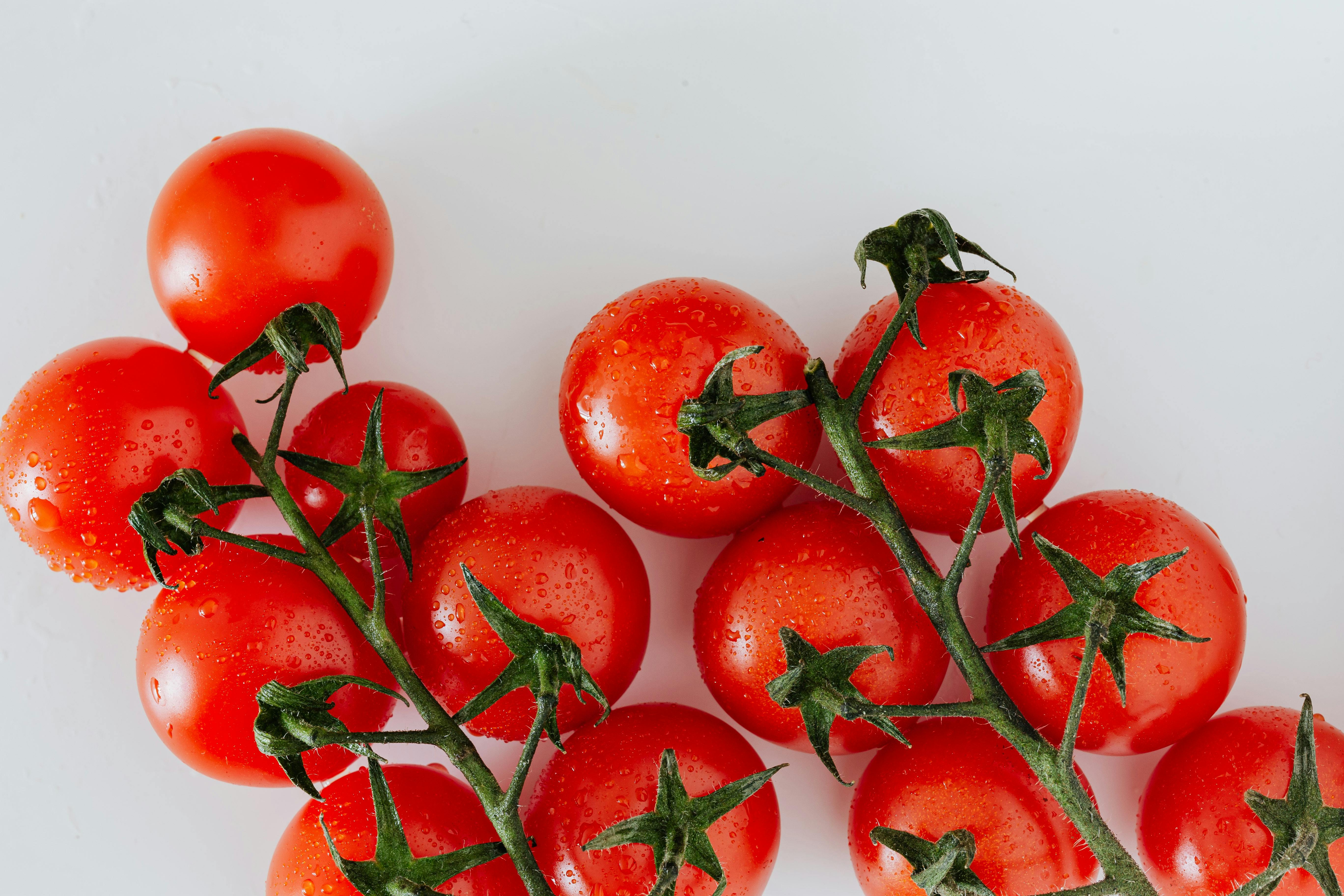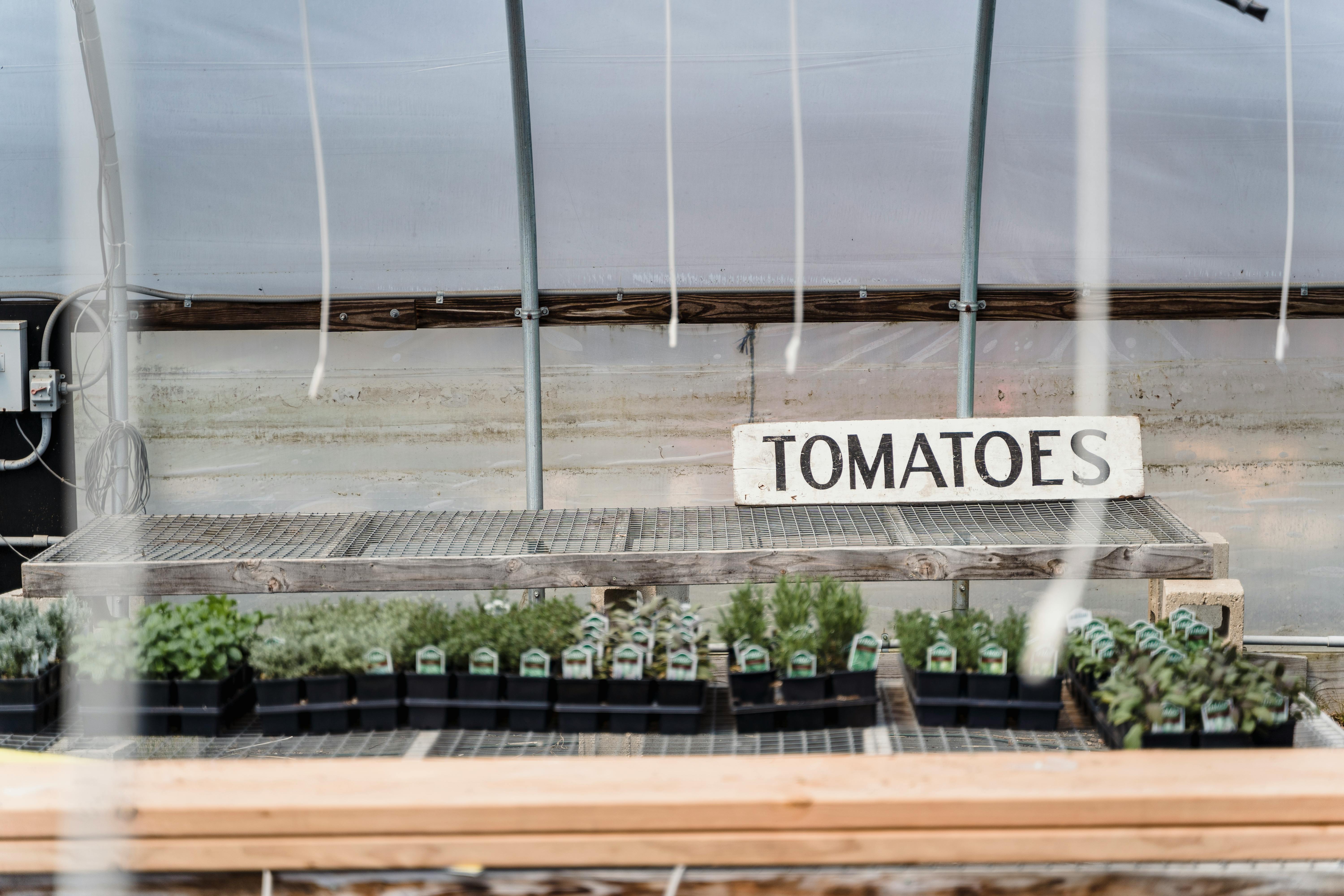As summer temperatures start to drop, many gardeners wonder if they should bring their tomato plants inside at night. Knowing when to bring your tomato plants inside can prevent them from being damaged due to cold weather. In this article, we’ll discuss the best practices for protecting your tomato plants during the cold season.Tomato plants should be brought inside at night when temperatures drop below 50°F (10°C). When night temperatures reach this point, it’s time to bring your tomato plants indoors.
Steps to Take when Bringing Tomato Plants Inside At Night
Bringing tomato plants inside at night can help protect them from extreme weather conditions and other potential threats. Before bringing tomato plants inside, it is important to take the following steps:
First, check the plant for any signs of pests or disease. If present, take steps to treat the problem before bringing the plant indoors. Be sure to examine the undersides of leaves and stems as well as the top of the plant.
Second, shower or gently spray off the entire plant with water to remove any pests or dirt. This will also help reduce dust and pollen that can be brought into your home. Make sure you remove any dead or wilted leaves so they don’t spread disease throughout your home.
Third, place a tray beneath the pot before transporting it indoors. This will help prevent any excess water from spilling onto your floor or furniture during transport. It is also a good idea to place a towel on top of the pot while transporting it in case any water spills out.
Finally, place your tomato plants in an area of your home that receives plenty of indirect sunlight and away from drafts or vents that could dry out the soil too quickly. Check that there is adequate ventilation in order to prevent mold growth caused by too much humidity in your home environment.
Temperature Considerations
When deciding whether to bring tomato plants inside at night, temperature considerations should be taken into account. Tomato plants thrive in warm temperatures, so temperatures below 55 degrees Fahrenheit can cause damage to the plant. Bringing tomato plants indoors at night can help keep the temperature consistent and protect from any sudden drops in temperature that might occur during the night. Additionally, bringing the plants inside at night can also help protect them from frost and other cold weather conditions.
Light Considerations
Light is another important consideration when deciding whether to bring tomato plants inside at night. While tomato plants do need plenty of sunlight during the day, they do not need any light during the night. In fact, leaving tomato plants outside overnight can result in sunburn or other damage caused by too much exposure to sunlight. Keeping tomato plants indoors at night will help them avoid this damage and ensure they receive enough light during the day.
Watering Considerations
Another key consideration when deciding whether to bring tomato plants inside at night is watering considerations. Tomato plants need regular watering throughout their growing season, and this should be done in moderation to avoid over-watering or drowning the roots of the plant. Bringing the tomato plants indoors for part of the day can help ensure that they are not receiving too much water overnight as well as providing protection from heavy rains or other precipitation that could occur during the night.
Pest Control Considerations
Finally, pest control should also be taken into account when deciding whether to bring tomato plants inside at night. Keeping tomatoes indoors overnight can help protect them from pests such as aphids, mites, and other insects that may try to feed on them or lay eggs on them while they are outside. Additionally, bringing your tomatoes indoors can also provide some protection from birds and other animals that may try to eat your tomatoes while they are outdoors.
How to Protect Tomato Plants from Cold Temperatures at Night
Tomatoes are sensitive to cold temperatures and can suffer damage when exposed to temperatures below 50°F (10°C). Nighttime temperatures can drop significantly, especially in areas with cooler climates. To protect your tomato plants from the cold, there are several methods you can use.
One way to protect tomato plants is by covering them with a blanket or burlap. This will help keep the chill off the plants and trap some of the warmth from the day in the soil. Be sure to remove any covers in the morning so that your plants receive sunlight and airflow during the day.
Another way to help protect tomatoes is by using a cloche or row cover. This is a type of cover made from lightweight fabric that fits over individual plants or rows of plants. These covers act like miniature greenhouses, keeping warm air in and cold air out. They also provide some protection against pests, hail, and wind.
Tomatoes also need water, but not too much water. When temperatures drop at night, the soil takes longer to warm up and can stay wet for longer than usual periods of time. Overwatering can lead to fungal diseases like blight or root rot, so it’s important to monitor soil moisture levels and avoid overwatering during cooler months.
Finally, adding mulch around your tomato plants helps keep them warm at night by providing insulation against cold temperatures as well as preventing moisture loss from evaporation during hot days. Mulches such as straw or shredded bark will work best for this purpose as they decompose slowly over several months.
Protecting tomatoes from cold temperatures at night is an important part of ensuring a successful harvest each season. By using covers, avoiding overwatering, and adding a layer of mulch around your tomato plants you can help keep them safe during colder months and ensure a healthy crop all season long!

Pros of Keeping Tomato Plants Outside at Night
Keeping tomato plants outside at night can be beneficial in some ways. Firstly, the cooler air temperatures at night help to prevent high temperatures from damaging the tomato plants. As tomatoes are heat-sensitive, cooler air temperatures can help to protect the plants from becoming too hot and drying out. Secondly, tomatoes need a lot of sunlight to grow well and keeping them outdoors during the day helps them to get enough light. Finally, outdoor conditions allow for better airflow around the plants which can help to reduce diseases such as fungal infections. This is especially important in humid climates where fungal infections are more likely to occur.
Cons of Keeping Tomato Plants Outside at Night
However, there are also some potential drawbacks to keeping tomato plants outside at night. One of the main issues is that nighttime temperatures can be too cold for the plants, leading to frost damage or other issues such as blossom end rot. Additionally, outdoor conditions may also lead to problems with pests such as slugs and snails that feed on the leaves and fruits of tomato plants. Furthermore, if there is not enough airflow around the plants then diseases can still occur despite being outdoors during the day.
Protecting Your Tomato Plant Against the Cold
Tomatoes are a warm-weather crop, so it’s important to take extra precautions when growing them in cold climates. With a few simple steps, you can keep your tomato plant thriving even when temperatures drop. Here are some tips to help your tomato plant survive the cold:
1. Choose Varieties That Are Suited for Cooler Climates – Some varieties of tomatoes are better suited for cooler climates than others. Look for varieties that are specifically bred for colder regions, such as Early Girl or Oregon Spring.
2. Provide Protection from Wind and Frost – Cover your tomato plants with a protective layer of mulch or straw to help insulate them from the cold air and protect them from wind damage. If possible, place the plants in a protected area where they can be sheltered from frosty conditions.
3. Plant in Well-Drained Soil – Plant your tomatoes in well-drained soil that is not prone to waterlogging or frost heaving. This will ensure that the roots have enough oxygen to survive and thrive during colder weather conditions.
4. Water Carefully – During colder weather, water your plants less often but more deeply so that the roots can absorb more nutrients and moisture before winter sets in. Avoid watering late in the day, as this can cause the leaves to freeze overnight.
5. Prune Your Plants Regularly – Pruning your tomato plants regularly will encourage new growth and prevent disease by removing dead or diseased branches and flowers before they can spread disease to other parts of the plant. Prune away any stems or leaves that show signs of damage or disease to prevent it from spreading further up the stem and infecting healthy parts of the plant.
6. Monitor Temperatures Closely – When temperatures drop below 50°F (10°C), cover your tomato plants with sheets or blankets to protect them from cooler temperatures at night, then uncover them during the day so they can get plenty of sunlight and ventilation while still being shielded from chilly winds and frosty conditions at nightfall. Monitor temperatures closely during warmer days as well; if temperatures rise too high during midday, provide shade cloths over your plants to keep them cool until evening arrives again
Keeping Tomato Plants Outside at Night
Tomatoes are a popular and relatively easy vegetable to grow in the garden, but there can be a few challenges when it comes to keeping tomato plants outside at night. Depending on the weather, some nights may be too cold or wet for tomato plants to survive. The best nights for keeping tomato plants outside are those that are cool and dry. Temperatures should be between 50-60°F (10-15°C) for optimal growth, with no chance of frost. Tomato plants should also be kept out of direct sunlight during the evening hours as this can cause sunscald and other damage. Additionally, if there is any chance of rain during the night, it is best to either move the tomato plants indoors or cover them with a tarp or blanket to protect them from the wet conditions.
Windy conditions can also damage tomato plants so it is important to pay attention to wind speed when deciding whether or not to keep your tomato plants outside at night. If there is a strong wind blowing, it can cause the leaves of your tomato plants to dry out and become damaged. If wind speeds exceed 10 mph (16 km/h), it is best to move your tomatoes indoors or provide some kind of cover such as burlap or an old sheet.
In general, cool and dry weather is best for keeping tomato plants outside at night. Pay close attention to temperature and wind speed as well as any chance of rain in order to ensure that your tomatoes have the best chance for success!

Conclusion
Tomatoes are a great and rewarding plant to grow. While it is generally best to keep tomato plants outside, it is important to bring them inside at night when the temperature drops below 50 degrees Fahrenheit. This will help protect them from the elements and any pests that may try to feed on them. Additionally, tomatoes grown indoors tend to be sweeter and richer in flavor than those that remain outdoors. With a little extra effort, you can enjoy delicious homegrown tomatoes all season long.
Ultimately, the decision of whether or not to bring your tomato plants inside at night should depend on the climate and weather conditions in your area. If temperatures are consistently below 50 degrees Fahrenheit at night, it is likely best to bring your tomato plants indoors for the evening. If you live in a warmer climate, however, leaving your tomatoes outside is probably fine. No matter what you decide, be sure to monitor the weather and temperature so that you can take action if necessary.

